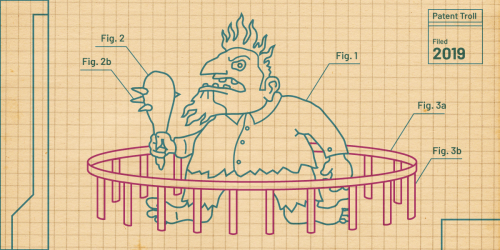In a victory for transparency, the Federal Circuit has changed its policies to give the public immediate access to briefs. Previously, the court had marked submitted briefs as “tendered” and withheld them from the public pending review by the Clerk’s Office. That process sometimes took a number of days. EFF wrote a letter [PDF] asking the court to make briefs available as soon as they are filed. The court has published new procedures [PDF] that will allow immediate access to submitted briefs.
Regular readers might note that this is the second time we have announced this modest victory. Unfortunately, our earlier blog post was wrong and arose out of a miscommunication with the court (the Clerk’s Office informed us of our mistake and we corrected that post). This time, the new policy clearly provides for briefs to be immediately available to the public. The announcement states:
The revised procedure will allow for the immediate filing and public availability of all electronically-filed briefs and appendices. … As of December 1, 2018, when a party files a brief or appendix with the court, the document will immediately appear on the public docket as filed, with a notation of pending compliance review.
In our letter to the Federal Circuit, we had explained that the public’s right of access to courts includes a right to timely access. The Federal Circuit is the federal court of appeal that hears appeals in patent cases from all across the country, and many of its cases are of interest to the public at large. We are glad that the court will now give the press and the public immediate access to filed briefs.
Overall, the Federal Circuit has a good record on transparency. The court has issued rulings making it clear that it will only allow material to be sealed for good reason. The court’s rules of practice require parties to file a separate motion if they want to seal more than 15 consecutive words in a motion or a brief. The Federal Circuit’s new filing policy brings its docketing practices in line with this record of transparency and promotes timely access to court records.











